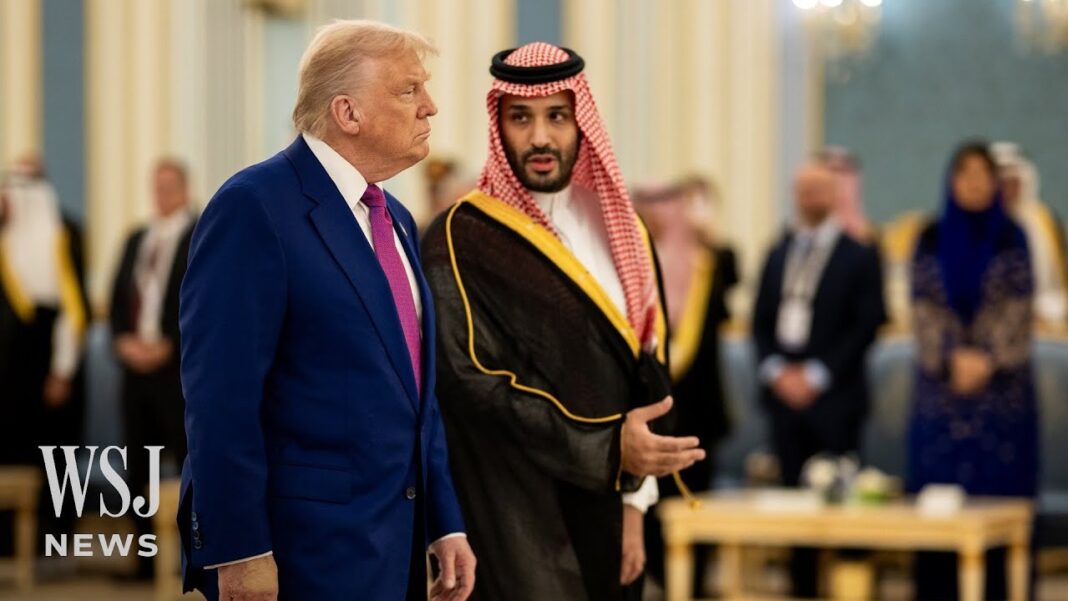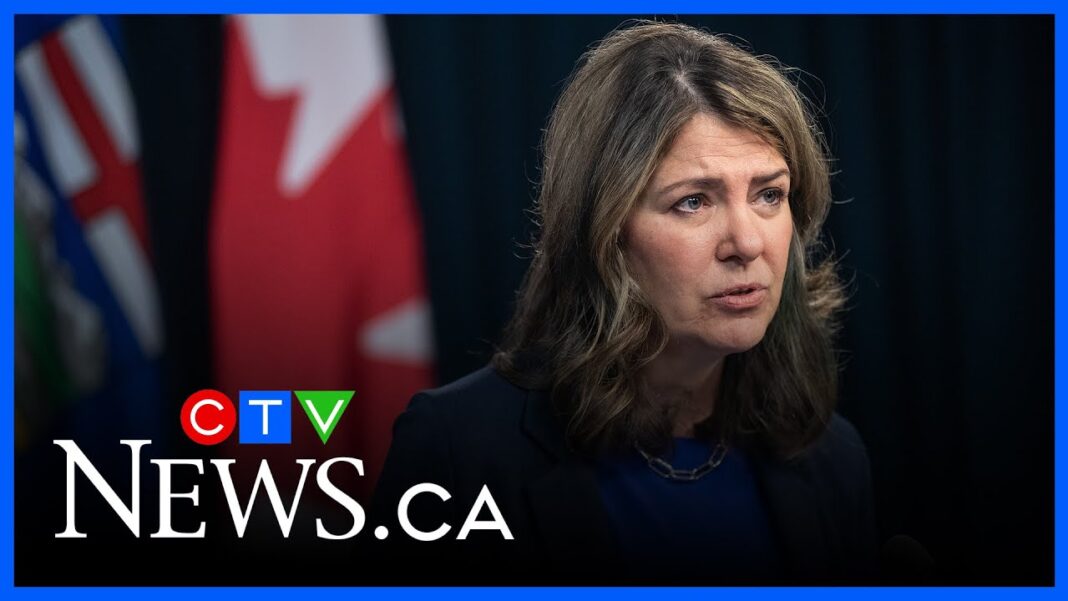President Donald Trump landed in Riyadh to kick off his first major foreign trip of his second term, greeted with lavish ceremonies and a warm handshake from Saudi Crown Prince Mohammed bin Salman (MBS). The visit, marked by a series of blockbuster agreements, underscores Trump’s dealmaking prowess and his “America First” vision. From a $600 billion investment commitment to a $142 billion arms deal, Trump’s negotiations with MBS are set to deliver massive economic and geopolitical wins for the United States.
The centerpiece of Trump’s visit was a staggering $600 billion investment pledge from Saudi Arabia to the U.S., with Trump pushing for an even bolder $1 trillion over the next four years. This commitment, formalized during a Memorandum of Understanding (MOU) signing ceremony at the Royal Court, targets critical U.S. sectors like energy, infrastructure, artificial intelligence (AI), and healthcare. The Saudi-U.S. Investment Forum, attended by American business titans like BlackRock’s Larry Fink, Citigroup’s Jane Fraser, and Nvidia’s Jensen Huang, saw 145 deals worth over $300 billion signed, with additional agreements expected to push the total higher.
A standout deal includes Saudi firm DataVolt’s $20 billion investment in AI data centers and energy infrastructure in the U.S., alongside $80 billion from tech giants like Google, Oracle, and Salesforce for transformative technologies in both nations. Nvidia also secured a $72 billion contract to supply 18,000 AI supercomputers to Saudi Arabia’s AI subsidiary, Humain, a move that strengthens U.S. tech dominance while bolstering Saudi ambitions to become an AI hub. These deals promise to create thousands of American jobs, countering inflationary pressures from Trump’s new tariffs and reinforcing his economic nationalist agenda.
Defense and Security: A $142 Billion Arms Deal
Trump and MBS signed what the White House called “the largest defense sales agreement in history,” a $142 billion package providing Saudi Arabia with state-of-the-art missiles, radar systems, and transport aircraft from over a dozen U.S. defense firms. This deal, nearly doubles Saudi Arabia’s 2025 defense budget of $78 billion, modernizes the Kingdom’s armed forces while boosting American defense giants like Lockheed Martin and Boeing. Additional MOUs cover security cooperation, judicial collaboration, and a letter of intent to enhance Saudi military capabilities, cementing the U.S.-Saudi security partnership.
This massive arms deal not only strengthens Saudi Arabia’s defenses against regional threats like Iran but also ensures U.S. influence in the Gulf, countering China’s growing footprint. For conservatives, this is a win-win: American companies profit, and U.S. strategic dominance is reinforced without entangling troops in new conflicts.
Beyond economics, Trump’s visit tackled pressing geopolitical challenges. The White House described the agreements as ushering in a “new golden era” of U.S.-Saudi relations, with cooperation extending to space exploration, civil aviation, and medical research. Trump is leveraging Saudi Arabia’s regional clout to advance U.S. priorities, including indirect talks with Iran on a new nuclear deal, set to continue in Oman. Saudi Arabia’s recent détente with Tehran, mediated by China, positions MBS as a potential broker in these negotiations, aligning with Trump’s goal of preventing a nuclear-armed Iran.
On Gaza, Trump faces hurdles. Saudi Arabia may still insist on a clear path to Palestinian statehood before joining the Abraham Accords, a demand complicated by realities on the ground. Trump has signaled flexibility, hinting at a U.S.-backed framework to restart ceasefire talks, though progress remains uncertain. Meanwhile, Saudi Arabia’s role in hosting U.S.-Russia backchannel talks on Ukraine underscores its growing diplomatic influence, offering Trump a chance to score a ceasefire deal that would resonate with his base as a triumph of pragmatic leadership.
Energy markets are a sticking point. Trump has pressed Saudi Arabia, a leading OPEC+ member, to boost oil production to lower global prices, which he sees as critical to easing U.S. inflation. However, Saudi Arabia needs oil prices around $96-$98 per barrel to fund its Vision 2030 reforms, far above the $64.77 Brent crude price on May 12, 2025. The energy MOU signed during the visit signals cooperation, but Trump may offer expanded security guarantees to secure short-term oil output increases, a classic transactional move that balances U.S. and Saudi interests.
Trump’s deals with MBS showcase his ability to turn personal rapport into concrete gains. Unlike his predecessors, Trump sidesteps moral lectures—such as those tied to the 2018 Khashoggi killing—in favor of hard-nosed dealmaking. His focus on economic and security agreements resonates with conservatives who prioritize American prosperity and strength over idealistic foreign policy. The $600 billion investment and $142 billion arms deal are poised to create jobs, bolster U.S. industries, and reinforce America’s strategic edge in a region critical to global stability.
Some may argue that Trump’s emphasis on business overlooks human rights abuses in the Kingdom. But for his base, this visit is proof of his unmatched ability to deliver results—jobs, security, and influence—without miring the U.S. in endless wars. As Trump and MBS posed for photos to the tune of “YMCA,” the message was clear: America is back, and it’s cashing checks.








